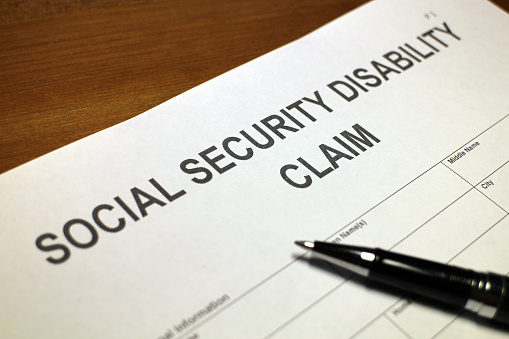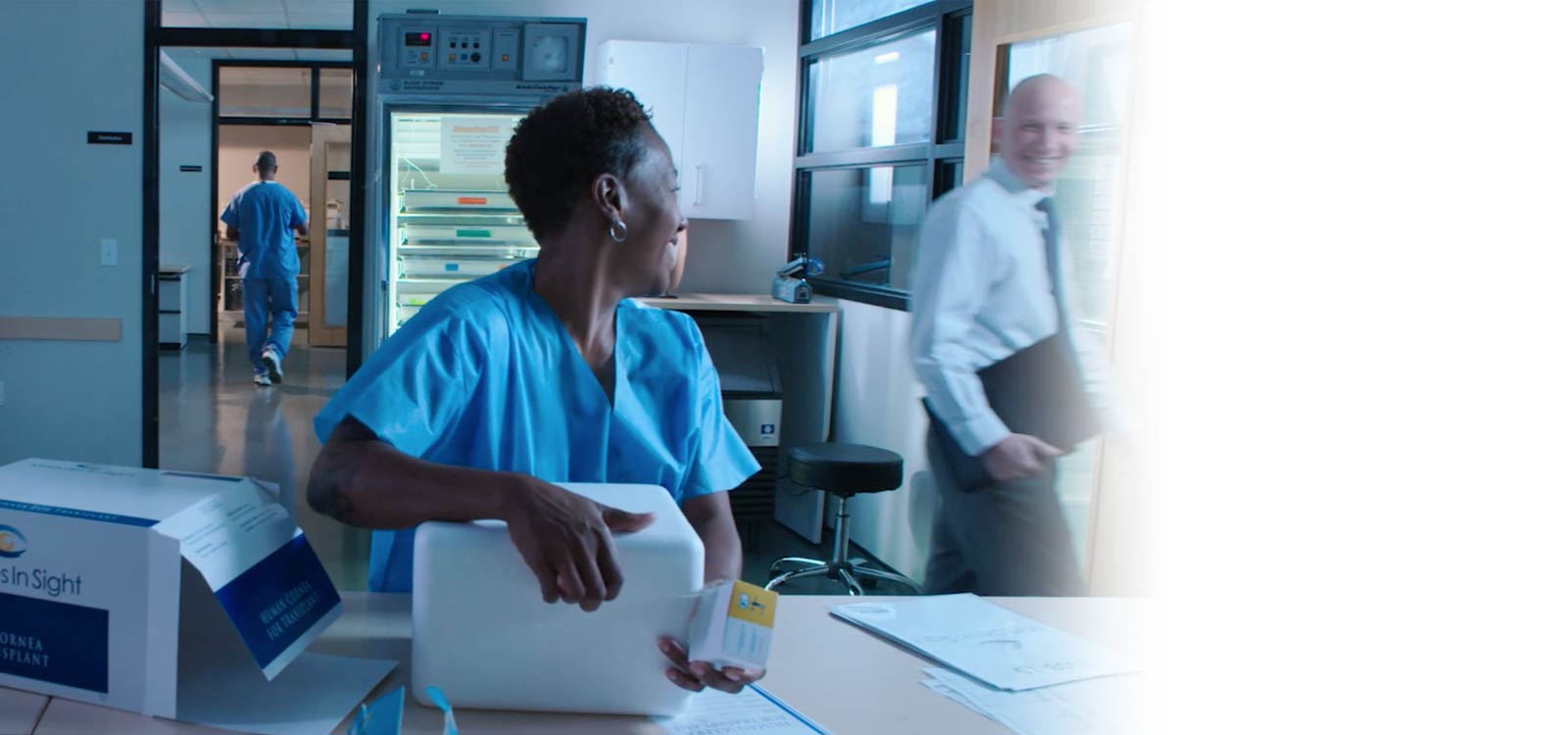

Vision loss affects more than 23 million people in the U.S. If you have vision loss that makes it impossible for you to work, you can file a claim for Social Security disability benefits. Disability benefits will make it easier to pay for the things that you need like rent, food, and utilities. As long as you expect that your vision loss will last at least one year you can complete a claim for Social Security benefits to ease the financial burden while you can’t work.

Social Security Disability Benefits for Blindness or Vision Loss
The Social Security Administration has strict requirements that you must meet in order to qualify for disability benefits. The Blue Book, which is the official book of conditions that qualify for disability benefits according to the SSA, states that the requirements to be eligible for disability benefits because of vision loss are that your condition must meet one of these three criteria:
- Loss of central visual acuity (2.02) – this listing covers loss in your central field of vision and requires you see no better than 20/200 in your better eye.
- Contraction of the visual field in the better eye (2.03) – you can qualify under this listing if you have a shrinking field of vision. Your doctor must measure your vision with specific tests and must record what you’re able to see when you’re focusing on a fixed point. This listing requires reports of your visual field, which is the distance in all directions from the fixed point on which you’re focused. That diameter must be no greater than 20 to 30 degrees. In other words, your visual field must be very narrow.
- Loss of visual efficiency, or visual impairment (2.04) – this listing covers issues that cause blurry or unfocused vision or an absence of vision (total blindness). To qualify, you must have vision in your better eye that is no greater than 20/200 when wearing corrective lenses.
If you’re not sure if your vision loss meets one of these requirements you can ask your doctor if your vision loss qualifies for disability benefits. You will need to submit medical documentation showing that your vision loss meets one of those requirements in order to possibly be approved for disability benefits. Your medical records, vision exams, MRIs, and statements from your doctor and other people who can speak about the level of vision impairment that you have are all good pieces of documentation to submit with your claim to bolster your chances of being approved for benefits.
Residual Functional Capacity
If your vision loss makes it impossible for you to work but you don’t meet the listing requirements in the Blue Book, you can ask for a Residual Functional Capacity exam. The Social Security Administration will do this evaluation to see if there is any kind of work that you can do. If they find that with the impairment that you have you can’t do any kind of full-time work, then you can be eligible for disability benefits even if you don’t meet the Blue Book requirements.
Get Started Today
Don’t wait to start your claim for Social Security disability benefits. Go online to complete the application or make an appointment at your local SSA office. If you need help filling out the claim form because of your poor vision apply in person and a staff member from the SSA will help you complete the claim and submit your documentation.
This blog is a guest post provided by Cendy Moliere of Disability Benefits Help.
Resources:
Miracle In Sight: https://www.miraclesinsight.org/
Blue Book: https://www.disability-benefits-help.org/blog/qualify-using-blue-book
Medical Records Needed: https://www.disability-benefits-help.org/blog/obtain-medical-records-ssdi
Residual Capacity Form: https://secure.ssa.gov/apps10/poms/images/SSA4/G-SSA-4734-U8-1.pdf
Local SSA Office: https://www.disability-benefits-help.org/social-security-disability-locations







